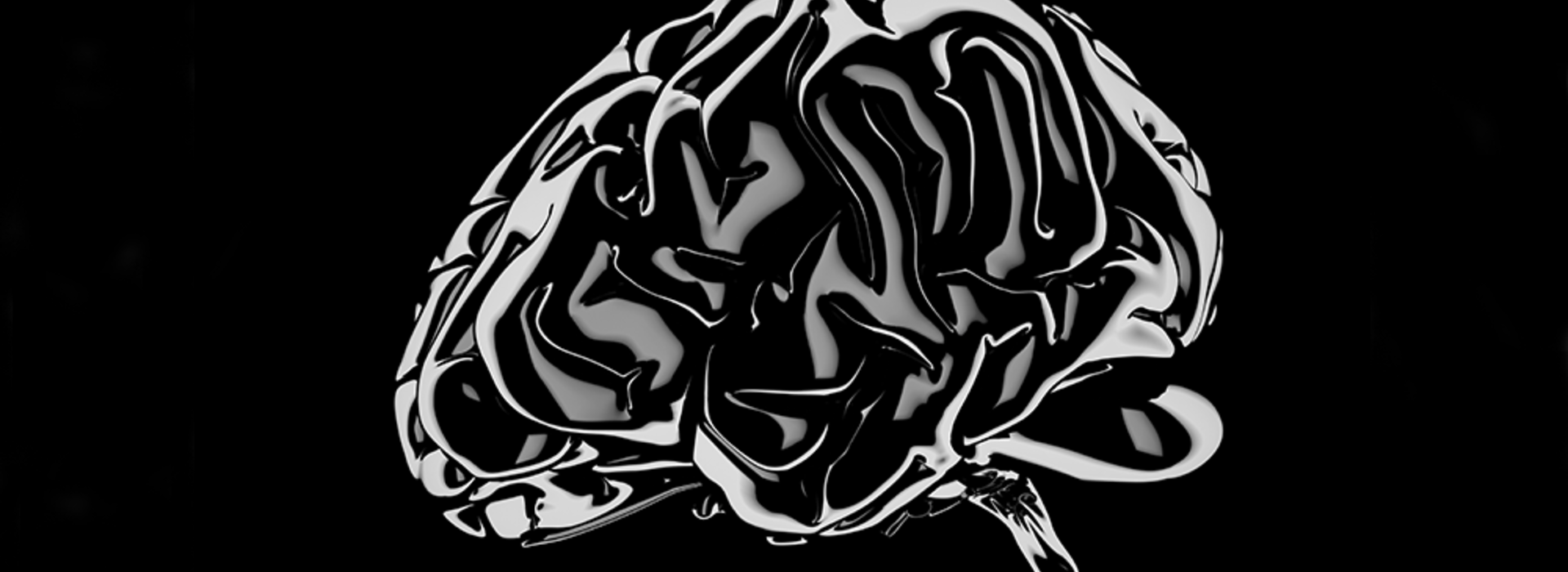
Researchers Manipulate Astrocytes to Better Understand Fear in the Amygdala
University of Minnesota Medical School faculty, Paulo Kofuji, PhD, an associate professor, and Alfonso Araque, PhD, a professor, both in the Department of Neuroscience, recently received a five-year, $2.2 million grant from the National Institute of Mental Health to study "Astrocyte Activity in Amygdala-related Fear Conditioned Behaviors.”
The study will build upon previous research on astrocytes, which is an area of interest for both researchers who had already been collaborating on similar work for the last two years.
Neurons are commonly known as the principal cells in the brain, but astrocytes are an equal player in information processing. They send and receive information from neurons while modulating how the neurons will function. Astrocytes are classified as glial cells, or non-neuronal cells in the central nervous system (brain and spinal cord). Glia means “glue” in Greek – a fitting term for how they function within the brain.
“Astrocytes are as numerous as neuron cells. Some people even think there are more glial cells, so by sheer number they’re very important. They are support cells and are responsible for keeping the neuronal cells happy by providing structural support and guidance during the development or removal of potassium and many other chemical products,” Dr. Kofuji said.
Drs. Kofuji and Araque are targeting the brain region known as the amygdala because it's a well-known coordination center of emotions and emotional behavior, such as fear and the subsequent responses caused by fear. Previous research primarily focused on just neurons and overlooked how astrocytes interplay and modulate in the amygdala.
“We’re looking at how the bidirectional astrocyte neuronal signaling regulates fear behaviors. We want to know what’s the cellular basis for this fear learning and fear expression” Dr. Kofuji said.
“Fear learning and expression” might seem like a foreign concept, but research demonstrates that fear can be conditioned through specific stimuli and is often learned over time. When a person or animal is given a stimulus, it then learns to associate that stimulus with a specific emotional response, such as hearing a gunshot and becoming startled. Researchers can monitor this process in mouse cells in vivo to learn how astrocyte activity impacts fear learning and expression.
To conduct this research, their team will modulate astrocyte function by altering the cells’ calcium levels. This can be done in two distinct ways depending on whether they want to increase or decrease the calcium. They can inhibit the release of internal calcium from the cells’ IP3 receptor channel or they can increase calcium using chemogenetics. Chemogenetics is the process by which macromolecules are engineered to interact with previously unrecognized molecules. Through this process, researchers induce a release of calcium by injecting chemicals to activate the receptors. They can be very specific and strategic with their manipulation since they’re using viral expression through injection.
One condition in particular that the duo hopes will benefit from this research is post-traumatic stress disorder. Fear learning and similar conditioning of the brain can be found in complex conditions like PTSD, which is a difficult condition to treat, making any applicable insights gained by this research important for the future.
“If we can target the astrocytes, then maybe we can decrease fear behavior. In many PTSD patients, fear causes anxiety and many other behaviors, so we’re very interested in modulating astrocyte activity to increase or decrease fear learning and expression,” Dr. Kofuji said.